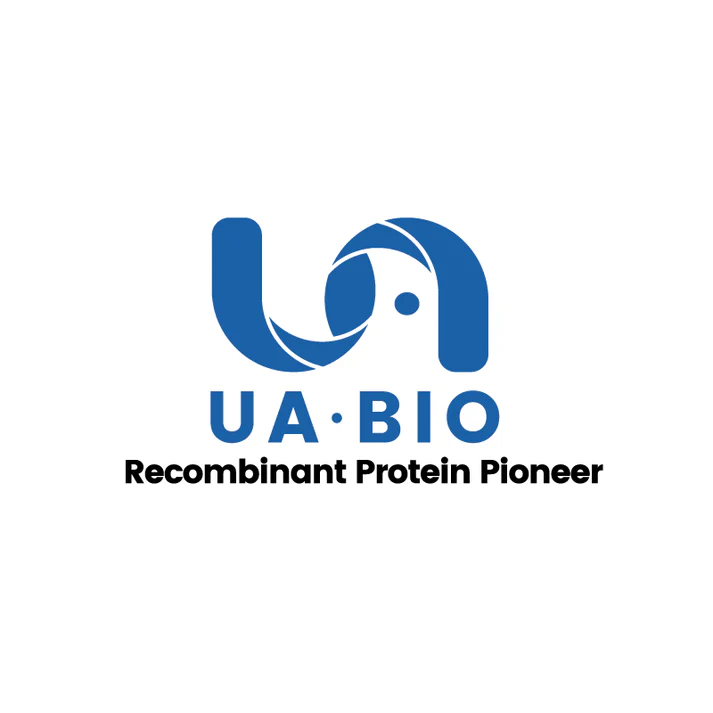2μg (R: reducing condition, N: non-reducing condition).
Product Details
Product Details
Product Specification
| Species | Rat |
| Synonyms | Fibroblast growth factor 9; FGF-9; Glia-activating factor (GAF); HBGF-9; |
| Accession | P36364 |
| Amino Acid Sequence | Leu4-Ser208 |
| Expression System | E.coli |
| Molecular Weight | 24 kDa (Reducing) |
| Purity | >95% by SDS-PAGE. |
| Endotoxin | <0.1EU/μg |
| Conjugation | Unconjugated |
| Tag | No Tag |
| Physical Appearance | Lyophilized Powder |
| Storage Buffer | 20mM PB, 500mM NaCl, pH7.4 |
| Reconstitution | Reconstitute at 0.1-1 mg/ml according to the size in ultrapure water after rapid centrifugation. |
| Stability & Storage | · 12 months from date of receipt, lyophilized powder stored at -20 to -80℃. · 3 months, -20 to -80℃ under sterile conditions after reconstitution. · 1 week, 2 to 8℃ under sterile conditions after reconstitution. · Please avoid repeated freeze-thaw cycles. |
| Reference | Nat Genet. 2009 Mar;41(3):289-98. Epub 2009 Feb 15. |
Background
Fibroblast Growth Factor 9 (FGF-9) is a member of the fibroblast growth factor family that plays a critical role in various biological processes, including embryonic development, tissue repair, and cell proliferation. FGF-9 is involved in the regulation of cell growth, differentiation, and survival, particularly in the development of the skeletal, nervous, and reproductive systems.
In rats, FGF-9 is essential for normal development and function of various tissues and organs. It exerts its effects by binding to specific cell surface receptors and activating downstream signaling pathways that control cellular responses.
Picture
Picture
SDS-PAGE


